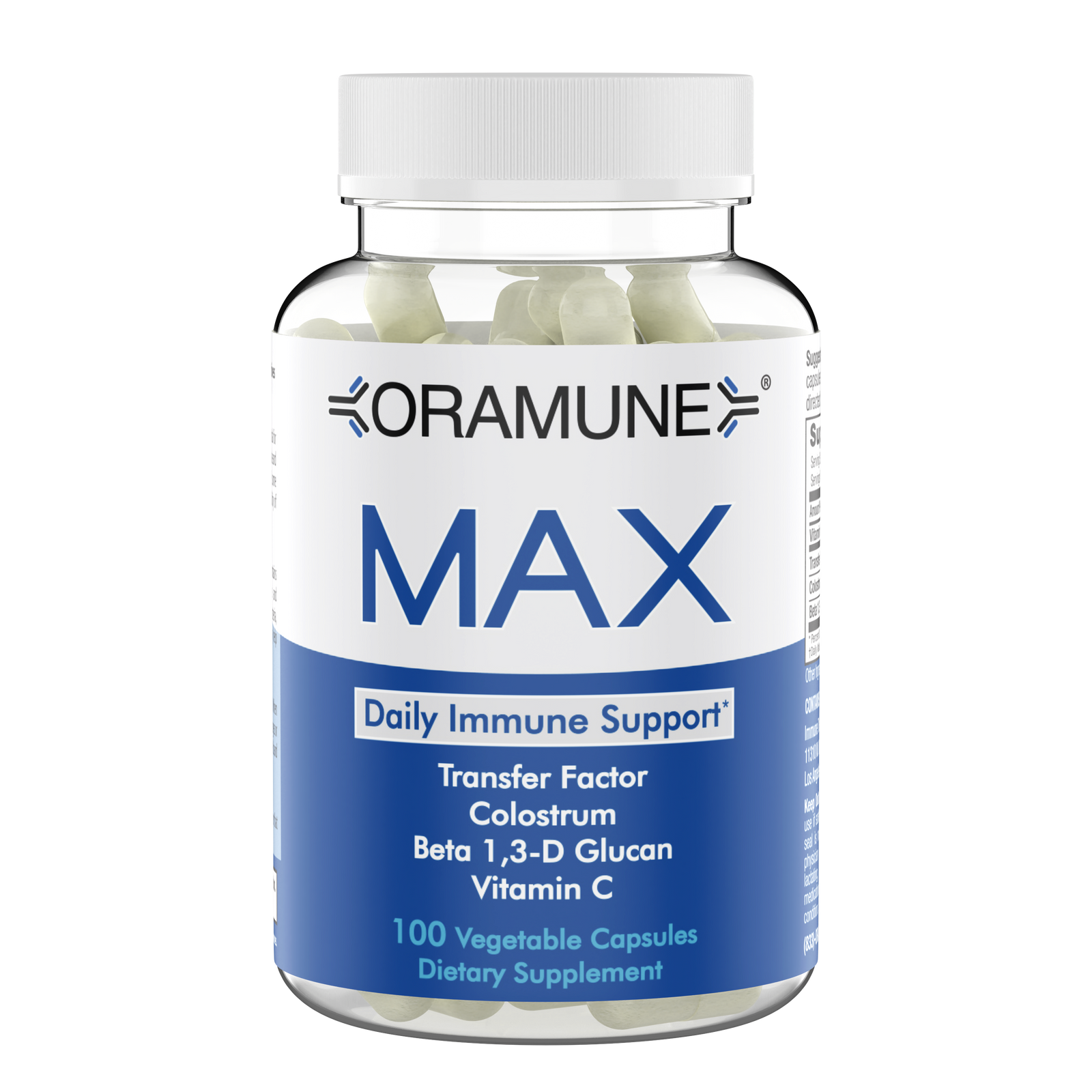‘Tis the Season—the season of colds and flu, in addition to other seasons of celebration! The cold and flu seasons come during fall and winter months, though the viruses that cause colds and the flu are around all year, the colder, drier air (which dry out the membranes of the mouth and nose) and closer quarters appear to allow cold and flu viruses to spread more easily.
The common cold is mostly caused by rhinoviruses, but can also be caused by the parainfluenza, respiratory syncytial (sin-si-sheal) and corona- viruses. The flu is caused by one of three flu viruses, influenza A, B and C. Influenza types A and B are the ones that cause the annual flu season, though Influenza C plays a role too, though it is usually a mild form of flu. There is also an influenza D virus—that that one affects cows and does not infect people….yet.
Why “yet”? We say “yet” because history shows us that viruses that affect one type of animal—like birds or pigs—can sometimes mutate and then infect humans. This has happened before—in 1918 with the Spanish flu, the 1957-58 Asian flu, the 1968-69 Hong Kong flu and the 2009 Swine flu. These can be particularly dangerous because since these are new viruses, humans don’t have acquired immunity to them, and we have to rely on our innate immunity—and on our overall health, diet and how we support our immune systems.
Influenza A and B
Influenza A is the one that commonly causes flu epidemics—this virus is divided into subtypes based on two surface proteins—the hemagglutinin (H) and the neuraminidase (N)…this is where the names H1N1 or H7N9 come from. The influenza B viruses—somewhat less common than influenza A—are either from the Victoria subtype or the Yamagata subtype.
Ways to Fight off a Cold or the Flu
There are no effective vaccinations against the common cold—there are over 250 different types of viruses that can cause a cold—too many to make a vaccine against.
Currently, the CDC recommends that everyone over the age of 6 months should get vaccinated against the flu—this is considered to be especially important for those at high risk—anyone over the age of 65, pregnant women, young children, anyone with a chronic lung disease (eg. asthma or COPD), diabetes, cancer, HIV/AIDs or people with neurologic conditions.
But is that the only approach? Or can you also help prevent a cold or the flu in other ways? The answer is yes—whether or not you get vaccinated—a discussion you should have with your doctor—there are other steps you can take to reduce your risk of getting a cold or the flu.
Here are 5 easy steps you can take!
- Keep drinking lots of water
Staying well-hydrated means your mucus membranes—in your mouth and nose—are well-hydrated. This is one of the most important ways to keep that barrier—that first line of defense against viruses intact!
- Keep eating well with lots of vegetables, fruit, whole grains and other healthy foods.
Eating well can support your immune system by providing it with the nutrients it needs to build and sustain an effective immune response
- Keep well rested and stay as positive as you can
Studies have shown that your immune system needs food and water – but it also needs rest! Try to get at least 7-9 hours of sleep every night!
Studies have also shown that depressed people get sick more often—and get sicker than people who are not depressed!
- Keep exercising! Studies also show that people who are in better physical condition tend to get sicker with the cold or flu less often—and often recover faster
- Try an immune-boosting supplement. These supplements can include ingredients including colostrum, transfer factor, passive immunity-transferring immunoglobulins, lysozyme, beta glucan, and probiotics. Start these supplements today at the start of cold and flu season—and consider using them year-round to support a more robust and vigorous immune response!






